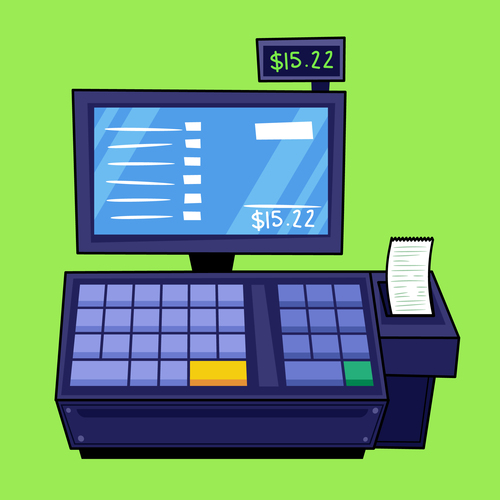How to Choose the Right POS System for Your Business
A modern POS (Point-of-Sale) system includes both software and hardware, and choosing the right setup depends on your business needs. On the software side, you typically have two options: on-premise and cloud-based POS. An on-premise POS is hosted on local servers in your restaurant or store. It usually involves purchasing licenses, installing updates manually, maintaining hardware, and hiring IT personnel. On the other hand, a cloud POS system allows access from any internet-connected device. Updates are automatic, costs are lower upfront, and there's no need for physical servers or extensive IT support.
When choosing a POS system, prioritize integration and flexibility. Make sure the software works seamlessly with your preferred payment gateway or processor to avoid additional fees and limitations.
The essential POS hardware typically includes:
- Barcode Scanner – speeds up checkout and integrates with inventory.
- Credit Card Reader – charges cards directly through the POS interface.
- Receipt & Kitchen Printer – ensures smooth communication between the front and back of house.
- Cash Drawer – still vital despite increasing digital payments.
The monitor displays your product database, enables employees to clock in, manage orders, and view sales reports. The barcode scanner adds products to the transaction and updates stock levels in real-time. Credit card readers, typically supplied by payment processors, handle secure payments. And yes, the cash drawer remains relevant, especially for hybrid or local payment environments.
Key POS System Features
- Sales Reporting: Your POS should generate detailed reports by product, employee, time, and profit. Graphs and snapshots help managers make quick decisions.
- Inventory Management: Track stock across locations, create product variations, and automate reorders for top-selling items. Avoid running out of popular products.
- Customer Management (CRM): Attach transactions to customers, track purchase history, and gather data like birthdays and contact details. Use email campaigns and loyalty programs to build long-term relationships.




